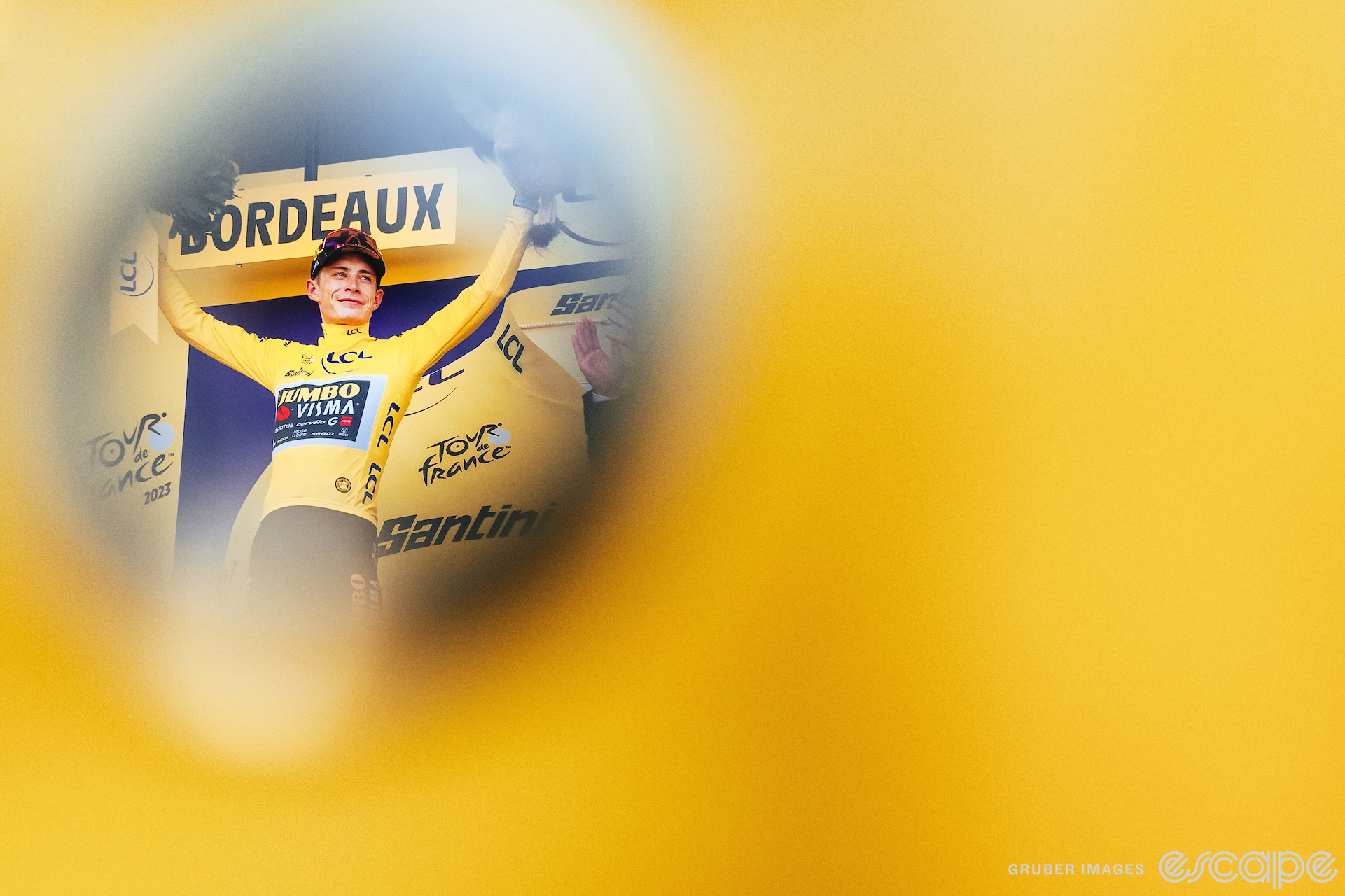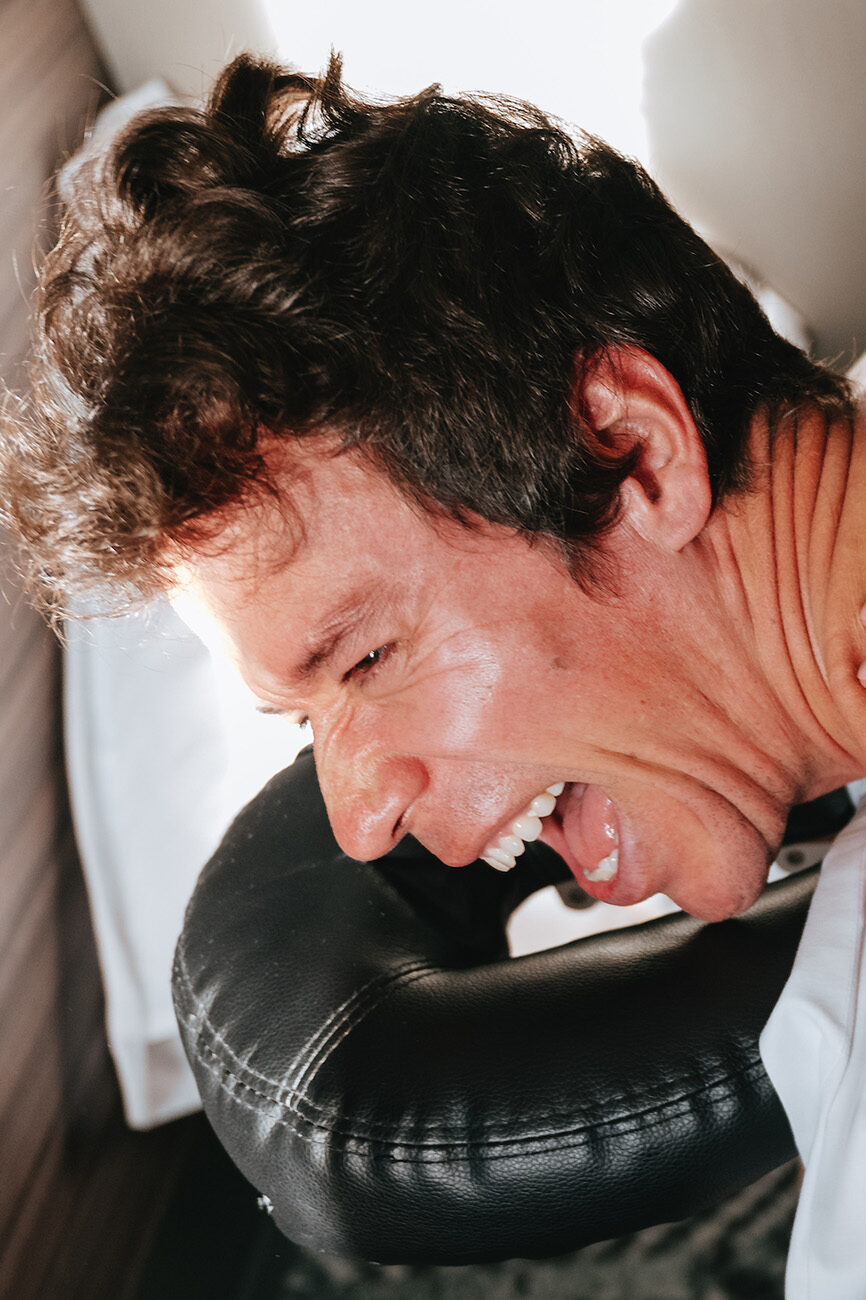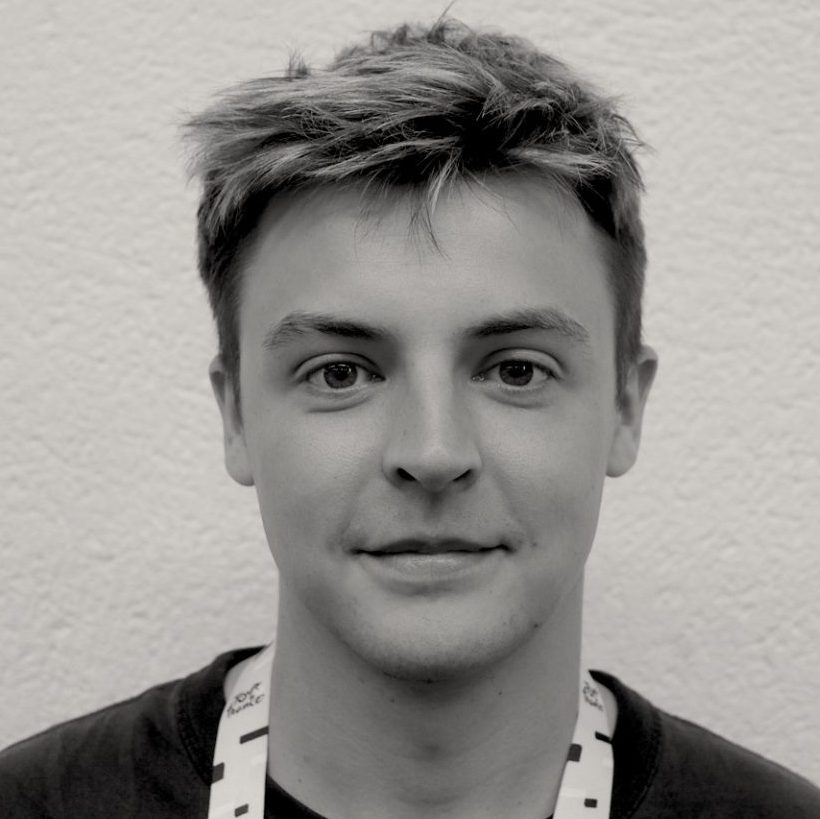Each June, a Tour de France stands before us, unwritten. The main protagonists effusive yet guarded, trying to not let anyone read their mind (or legs). There are undefined beginnings, an attendant media with pens in hand, ready for an ending unplanned.
If only it was that simple, alongside the sporting blank page is another filled with heritage scribed in invisible ink. Sure, there are those previously dirty windows of Tour folklore, now professed to be squeakier than squeaky clean but still lurking on Wikipedia pages for anyone with an internet connection.
And of course the Tour de France takes place under many written rules: not only anti-doping but the official rules of the sport, as contained in a 300-plus page manual from the UCI that covers everything from sock height to the circulation of vehicles in the support caravan. But for these unwritten rules, some familiar, some not, let the sun now illuminate those words that are designed for you to not be able to find.
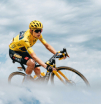
Tour de France Daily
Enter your email address to get our daily Tour de France news delivered directly to your inbox!
Get our daily Tour de France news delivered directly to your inbox!
The sanctity of the yellow jersey
Most of the unwritten rules surrounding the yellow jersey are baked in the honour that comes from putting it on your shoulders, and the accompanying reverence shown to its wearers. The big no-no is attacking the yellow jersey when he’s suffered misfortune. This could be a mechanical, or a slight fall, or even when he is stopping for a nature break.
When Alberto Contador “didn’t see” Andy Schleck drop his chain and forged on up the road to take yellow off the Luxembourger in 2010, it spoke to the reckoning the sport was due, where morals and chivalry of even recent Tours were lying dead in a shallow grave on the side of a B-road in Bagnères-de-Luchon.
Pros are keen to put distance between today’s peloton and those of yesteryear, and only time will tell whether these pledges hold water, but evidence of restoration of honour was on display at the 2022 Tour de France when Jonas Vingegaard waited for Tadej Pogačar after the Slovenian suffered a small crash on stage 18. The resulting handshake of thanks melting the hearts of fans with cups half-full and irritating cynics who want athletes to only be cold blooded killers.
Similarly, there is one story (maybe true, maybe not) that a French rider who used to love going in breakaways attacked one day whilst a yellow-jerseyed Chris Froome was having a wee and from that day until Froome rode his last pre-crash Tour, that rider was never allowed into a breakaway again as punishment.

The yellow jersey carries responsibilities too. There is the unwritten rule that the wearer (and mostly, this applies to a rider with a resounding lead who looks likely to take it all the way to Paris) to really engage with the race. This means making an effort with the French public, which could be as simple as trying to speak a bit of French in a post-stage TV interview. Or in the day’s yellow jersey press conference with written media, it is the done thing to share more of yourself, so that fans of the race can get to know their latest champion better.
This is something that riders variably excel at or struggle with, and two-time defending champion Jonas Vingegaard is mostly in the latter camp. It would seem he is fairly introverted, or at least completely unbothered by the public eye, and so isn’t the most forthcoming with expanding on the details of his life off the bike. The closest we got in 2023, for instance, was learning in his winner’s press conference that the first thing he was going to eat after Paris was a kebab. Even that small detail, delivered with a big grin after weeks of holding the media at bay, humanised him massively, which is needed when they spend three weeks accomplishing very unhuman feats.
Speaking of which, the yellow jersey can do miraculous things to bike racers. The prize of another day with it on one’s shoulders makes them capable of things they probably otherwise wouldn’t be. And remember Julian Alaphilippe holding on until that stage 19 to Tignes? Far longer than anyone thought possible, partly thanks to that phenomenal TT performance in Pau?
Or if we go back even further, what about Thor Hushovd hauling himself over gradients we never thought possible in 2011 to retain the race lead before passing it on to Thomas Voeckler for the second week? Decades earlier, Claudio Chiappucci vaulted from obscurity to stardom in the 1990 edition with his gritty, weeks-long defense of the race lead against the inexorable onslaught of Greg LeMond. Somehow, the yellow jersey is a marginal gain available to only one rider in the peloton at a time.
The race itself
Let’s rattle through these, some of which you’ll likely know, but which oscillate with time, as norms gradually change with the rotating cast of riders that make up the race:
Nature Calls: The peloton will itself decide when to take pee breaks. However, with racing now often from the gun and the fight to get in the breakaway intense, the first agreed-upon break where the peloton slows and riders who need to relieve themselves can pull over at the back of the bunch can now wait for more than an hour into the stage. Unlike feed zones, which are designated on the day’s route, the time and place for a mass nature break is decided by the riders.
The secondary competitions: If you’re in a breakaway with someone in the polka dot jersey, or someone vying for the king of the mountains competition, and you have very few points in that classification, don’t fight them for the maximum points at the top of the climb. Usually, you will agree with them, either out loud or just in that understood sort of way, that if you’re in a two-man break and they’re after the KOM points, you’ll be given the intermediate sprints, which provide green jersey points and prize money. Speaking of making deals …
Gifts and givers: The same thing can also happen if a GC contender finds themselves up the road with another rider who has no dog in the GC fight, and the understanding will often be that both riders will pull so the GC rider can gain time and the other rider can take a stage win. Equally, the yellow jersey may ‘gift’ wins to other riders, to help maintain the peace within the peloton.
Everyone arrives at the Tour in the pressure cooker of needing to achieve a result. Once teams take a stage win, a lot of pressure will dissipate, possibly making for a less-hectic race. A lot of riders over the years have professed a “no gifts” attitude, as recently as stage 20 last year where Pogačar and his UAE Team Emirates squad worked to reel back Thibaut Pinot from a fairytale final victory on home roads, as the Slovenian looked to cap off a disappointing yellow jersey tilt. Pogačar at this May’s Giro d’Italia too was perhaps overly hoggish for stage victories, but a rider of his capabilities is well within his rights to win when he wants. Whether or not this works out in the long term, as other teams and riders are somewhat starved of victory, will be something to watch.
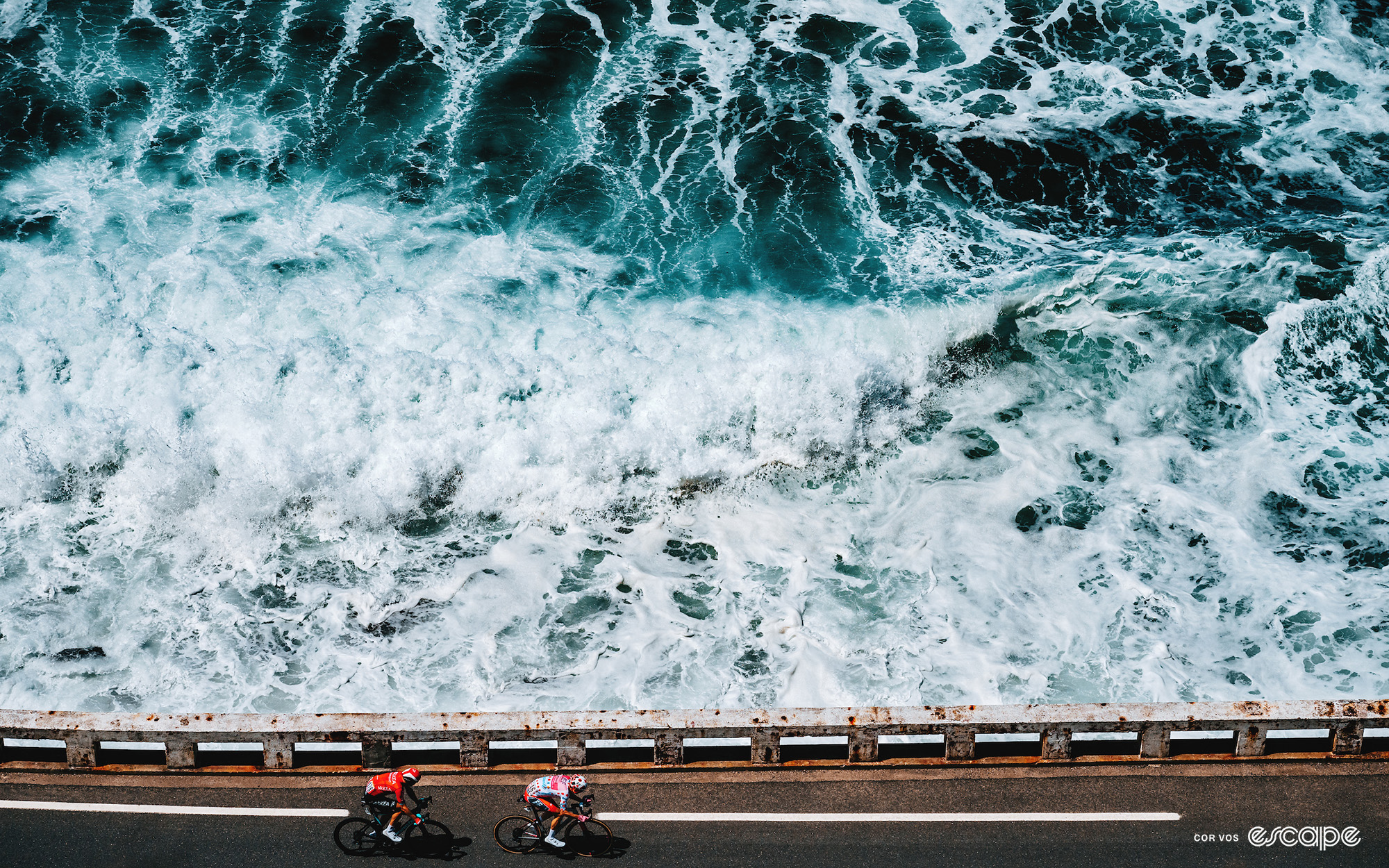
Pecking order: Finally, you have the hierarchy of the bunch. With the safest place in the peloton being at the front but not everyone being able to ride at the front, the yellow jersey’s team is designated the front spot, with the next best-placed teams on GC following after that. Usually, this will be the bigger teams: UAE Team Emirates, Visma-Lease a Bike, Ineos Grenadiers, but as we saw in the most recent Unchained Netflix season, Jai Hindley told his Bora-Hansgrohe squad to not get bullied out of a good place high up the bunch, as he was sitting third on GC at the time. What happens if you, a smaller team, defy this pecking order? Firstly, you have to have the riders to maintain position, which isn’t always the case. Secondly, get prepared for a day’s worth of abuse and unpleasantness as the other teams yell at you to get the hell out of the way.
Breakaway politics: Once the yellow jersey is happy with who’s made the break, his team – often assisted by other GC-minded teams – will block the road, basically spreading across it in a line and preventing anyone else from jumping across the gap. A more subtle tactic is to just chase down any riders they don’t want moving across the gap. But as we’ve seen in recent years, the fight for the breakaway is getting tougher and tougher as more riders and teams get desperate for victories. Similarly, so-called “patrons” of the peloton can exert only a certain amount of control. Gone are the days of Bernaud Hinault, Fabian Cancellara, and even Tony Martin, who spread his arms to slow the bunch on the opening day of the 2020 Tour. Usually, they are a veteran, successful rider on one of the big teams going for the yellow jersey.
Anarchy on the roadside
Common law doesn’t really exist on the high mountains. Beer flows, barbecued meats are shared. Mankinis are permitted, if not encouraged, and a party atmosphere grips areas of natural beauty that are serene the other 360 days of the year.
Those who covet the most prime spots of roadside real estate will park up and pitch tents three days early, and by the time the race is near will be severely sunburnt, sleep-deprived, and re-treading the line between hungover and drunk with reckless abandon. By the time the vanguard of the caravan arrives, many will be frothing at the mouth, banging cars as they zoom past, standing in the middle of the road to see the riders approaching, and moving out of the way just in time to allow the race to pass impeded. It shouldn’t work; there should be more incidents than there are, but it wouldn’t be the Tour de France without it.
Teams and those who drive the race route every day become increasingly concerned at the behaviour of fans on the mountains; the worry is a certain loutishness rather than mere febrile passion is taking over. But that the mountains provide a literal free-to-air viewing experience for any fans who make the ascent is a sacrosanct feature of bike racing, one that continues to tie it to the people in an age of increasing Tour corporatisation.
Sure, ASO do erect VIP stands, but should they ever take away free access to fans (which logistically would be difficult) expect a revolution, with Prudhomme marched down the street by an army of polka-dot-clad spectators.
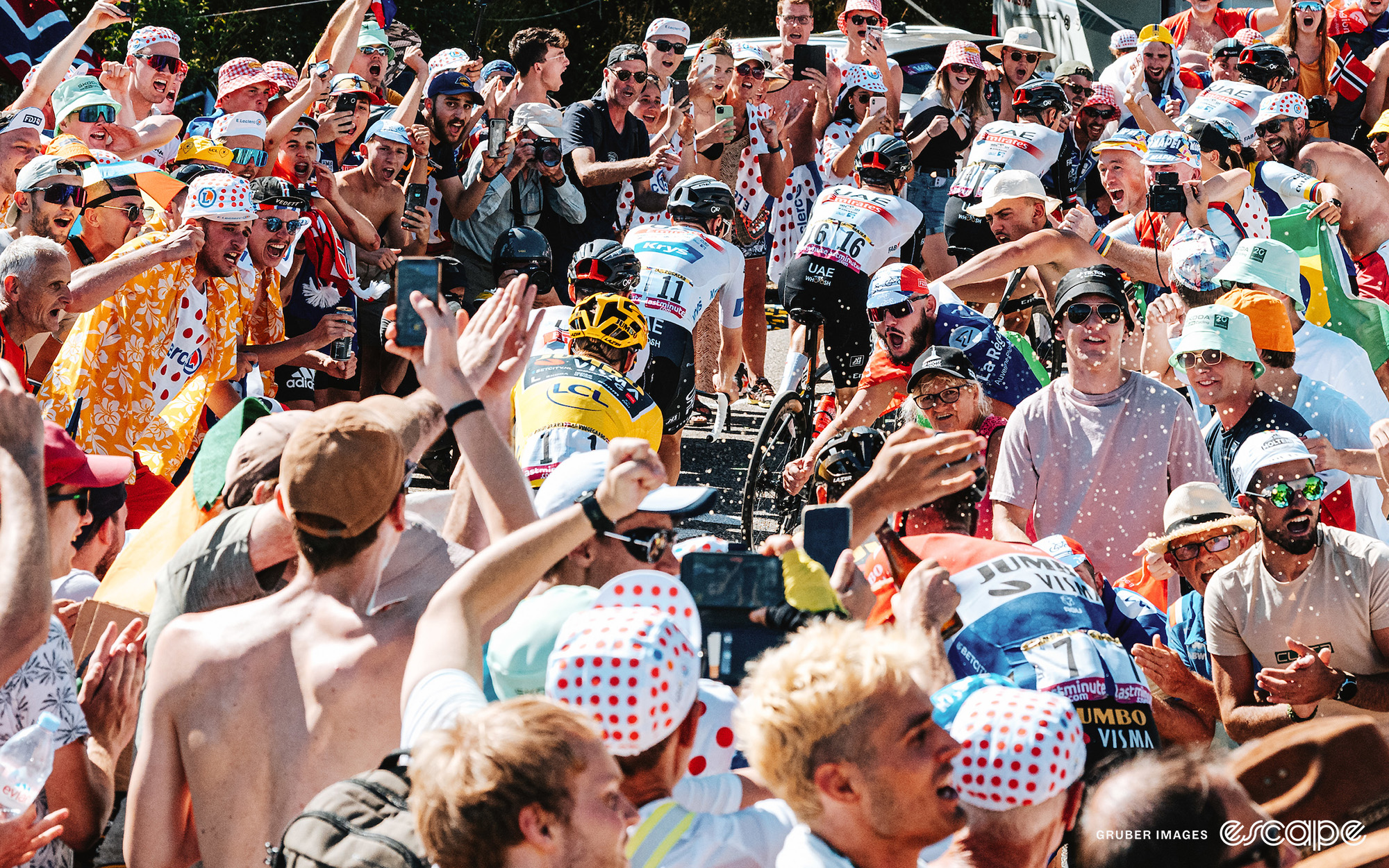
Two extra points: if you have a small child with you, you have to let them run around perilously close to the road with no regard for the cars passing at around 50 km/h, and if you are a South American fan, you have to turn the volume and pomp up to once. Oh, and if there’s a dominant team or yellow jersey (who, it goes almost without saying these days, is invariably not themselves French), the French public eventually have to boo you. Sorry, these are just the rules!
Media rituals
Every Tour de France, it is customary that when the yellow jersey is pretty much all but decided, its wearer will be asked in the daily press conference with the written media whether we can trust and believe that they are clean.
While no-one expects a dirty rider to blurt out, “You got me, I’m doping!” it’s instead meant as an official record of a rider’s claimed innocence and purity, potentially to be returned to at a later date. Sometimes riders give good answers, stating in no uncertain terms “I’m clean.” That’s an evolution of the usual response from times past: “I’ve never tested positive.”
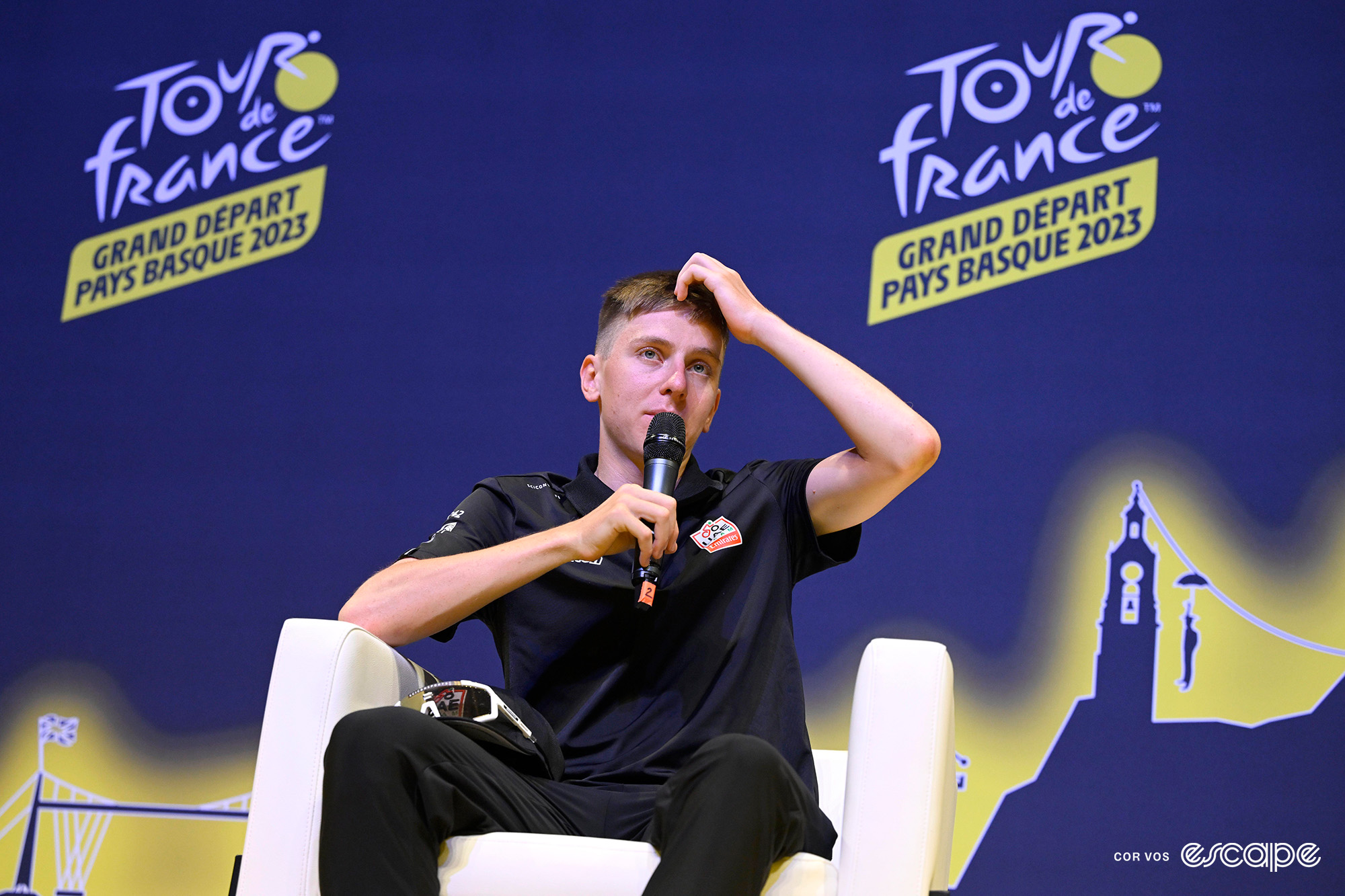
These days, the omertà of decades prior doesn’t exist to the same extent, and there are riders who will happily talk about doping. However, there is still a sort of stigma around discussing the topic, and you can become known as a reporter who asks doping questions. Mostly, you get the sense that riders and teams would just rather not talk about it unless they absolutely have to. It brings headlines regardless, and the topic itself is not exactly what they want to show their sponsors in terms of the cut-through their marketing spend has garnered.
Similarly, even if a yellow jersey looks dominant, they are expected to show humility all the way to Paris. They’ll trot out the line how they’re taking the race “day by day” even when they have minutes on their closest rival. Of course, some of that humility is genuine; one crash or hunger knock could turn their race upside down.
The TV coverage
There is no doubt part of the growth of the Tour de France into a global cultural behemoth and one of France’s greatest exports is down to it being televised. For three entire weeks, the height of French summer, its mountains, wine regions, and coastline, is beamed into living rooms across the planet. Riders zip past fields of sunflowers, through picturesque French towns and by uncountable chateaux, making many people think: “That looks like a nice place to go,” and then the tourist dollars flood in.
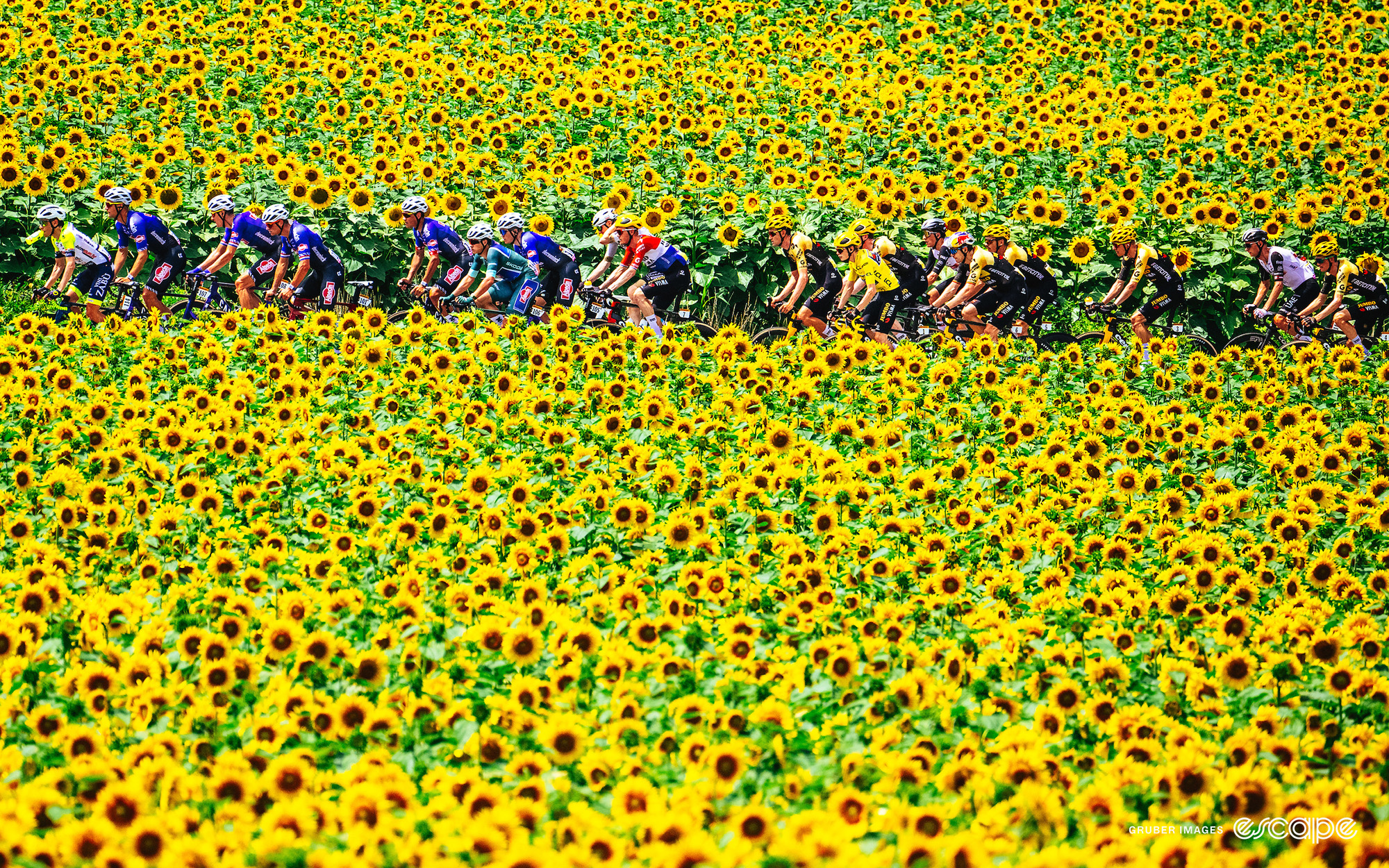
Because the Tour de France is in part one big tourism commercial, we take the time to showcase everything that encapsulates France. It also means, in order to keep the vibes high, if you are a former Tour champion (Chris Froome), a French rider, or fan favourite, you are duty bound to wave and smile at the camera as it zooms in on you getting dropped on a climb. Smiling may be the last thing you want to do given the circumstances, but the Tour demands it!
Similarly, expect the French President to insert himself at some point, as the invited guest in Christian Prudhomme’s race director’s car that day. Maybe the presidents believe proximity to something the French people love will transpire into increased goodwill towards themselves. Maybe it’s to show support for one of France’s most important institutions. Maybe it’s what it looks like: a shameless photo opp. At least Julian Alaphilippe gets it.
The business of the Tour
The Tour is, by continental European standards, a capitalist colossus, and most don’t seem to mind. The caravan, which precedes the peloton by two hours on the route, handing out promotional freebies to the public, is arguably the main attraction for the townsfolk who come to the roadside, then hanging about to see the riders pass because they’ve made the trip already.
Driving or being part of one of the caravan vehicles is a highly coveted job. Staffed by young French people, they get sunburned and chuck snacks at pensioners and children during the day, and at night cram into each other’s small shared rooms at Ibis Budgets to party the night away. Similarly, the organisational company behind the Tour de France, the Amaury Sport Organisation, is staffed by a platoon of mostly young French people resplendent in white polos and beige khakis. No matter the temperature, the khaki trousers are not swapped out for shorts. Instead they sweat, chewing down cigarettes at a rate of knots in protest to the temperatures they are forced to endure.
Most institutions and areas of life are caught between the official rules and the way things are actually done that make sense. The one part of the Tour de France where there are no unwritten rules is in dealing with the organisation. Everything is meticulously organised, and the rules laid out prior to the event will be followed to the letter even if they make no sense at all. Try and jump a barrier, even with no-one around, and you will be stopped. Try and access an area your lanyard doesn’t permit you, and there will be hell to pay. Drive over the ASO-dictated speed limit on the course (as members of the media can do if they set off an hour before the start), and you will be brought before le judge, le jury and l’executioner who will decide whether to throw you off the race or leave you with a stern warning. It’s all part of the fun, and is why the rest of the madness never seems to spill over into utter chaos.
What did you think of this story?

